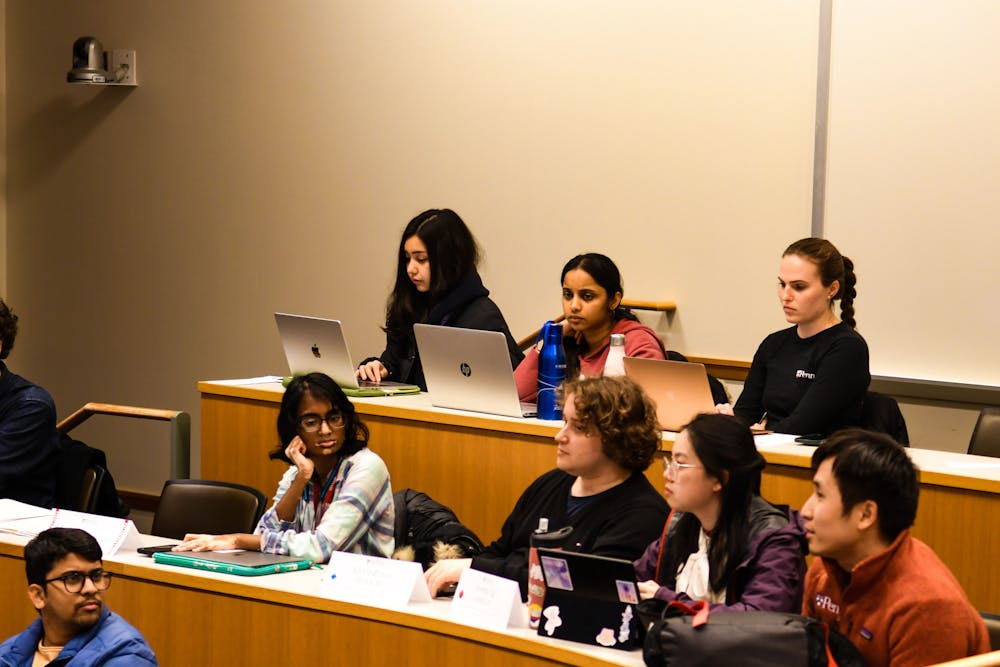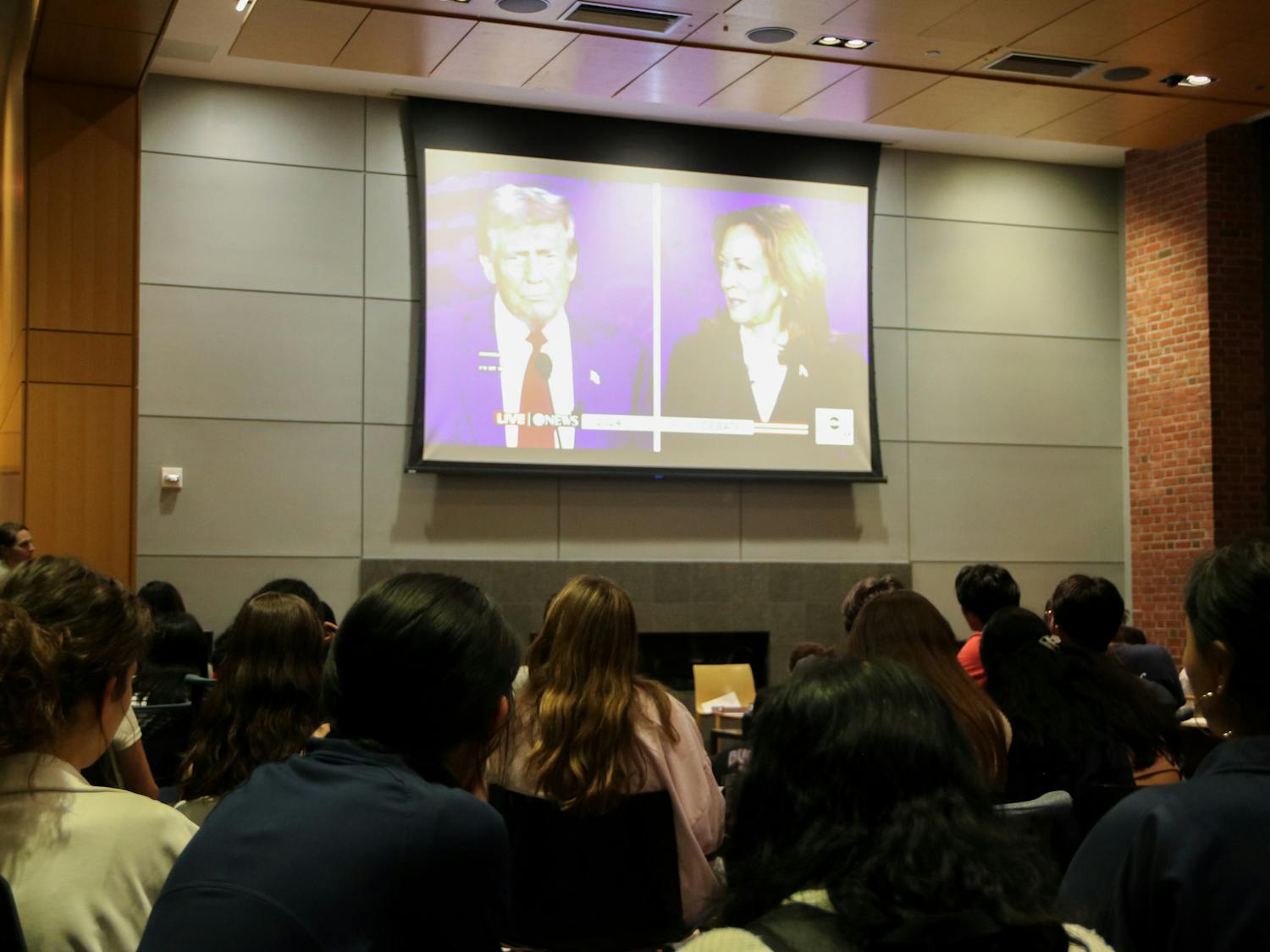Last semester, the Graduate and Professional Student Assembly allocated $50,000 to pilot a meal voucher program for graduate students.
In partnership with Penn Dining and Penn Retail Dining and with the help of the Graduate Student Center, GAPSA distributed free meal swipes and vouchers to graduate students who signed up for the program. GAPSA leaders said the program was an overall success in aiding students and provided more insight into how to best approach the issue of food insecurity.
According to the University of Pennsylvania Carey Law School and Wharton MBA third-year and GAPSA President Michael Krone, GAPSA had leftover money to spend from the COVID-19 years and saw in the 2021-2022 Graduate and Professional Student Survey, in which 45.7% of graduate students responded, that a large number of students were facing food insecurity and financial concerns.
“My goal is that we're able to still continue to address both the root causes of food insecurity as well as treat the symptoms of it,” Krone said. “My hope[s] for the program and related programs to address food insecurity in the future are that we're able to do a better job at targeting and triaging the students that are facing the most acute concerns and try to meet them where they are.”
Last year’s GAPSA Director of Equity and Access Emily Getzen, last year’s GAPSA Executive Vice President Hoang Anh Phan, and last year's GAPSA Director of Data Analytics Gary Hettinger, oversaw the program. Graduate Student Center Director Meredith Wooten helped with the meal voucher distribution and putting the program together.
According to Wooten, the program offered two vouchers per week, and every set of vouchers that was distributed came with information about other programs for students facing issues that affect their health and wellness. To not put students in the uncomfortable situation of having to disclose their financial situations, students were asked to schedule a time to pick up their vouchers online.
According to Getzen, GAPSA came up with a solution that takes advantage of the systems that are already in place at Penn, including dining halls as well as retail dining. Viewing it as a starting point for this year, Getzen said that she hopes that the program will continue and to come up with new ways of battling food insecurity as well as the overall financial insecurity of graduate students.
“I think we're really proud of the success of the program and how well it went,” Getzen said. “There is a lot of money in the graduate student government, and I would really like to see it used for these types of advocacy projects that can help students that are in financially insecure situations.”
RELATED:
GAPSA, Career Services launch funding program for graduate students' unpaid summer internships
GAPSA votes to pass $3.5 million annual budget with large carryover from past years
The program faced certain challenges during its pilot phase last spring. According to Wooten, these challenges included the temporary shutting down of 1920 Commons, which prevented graduate students from using it, a backlog from students not picking up their meal vouchers on time, and a period of time during which the center ran out of meal vouchers.
Despite this, GAPSA leaders said that there were students for whom the program was meaningful and who requested vouchers every week. By looking at its successes and shortcomings, Wooten told the DP that she hopes for future programs that might specifically target students with food insecurity as well as for students to be aware of the resources available to help them.
"My hope is to link people to the resources that exist so that they know who they can reach out to,” Wooten said.
On the Graduate Student Center website, graduate students can find links to food and nutrition support resources, including the Campus Good Food Bag Program, which connects first-generation undergraduate and graduate students with financial needs to locally grown produce, recipes, and tips, as well as many Public Food Assistance and Nutrition Programs.









